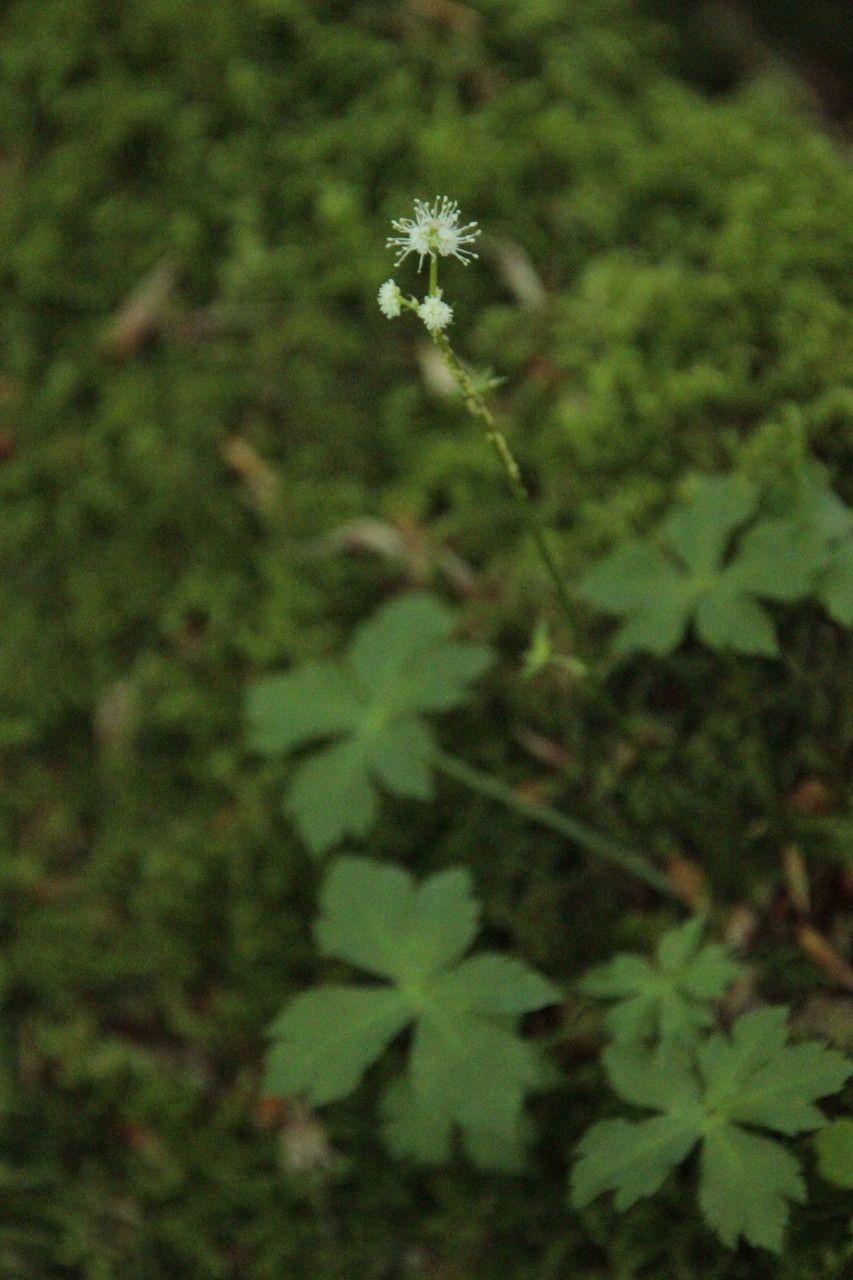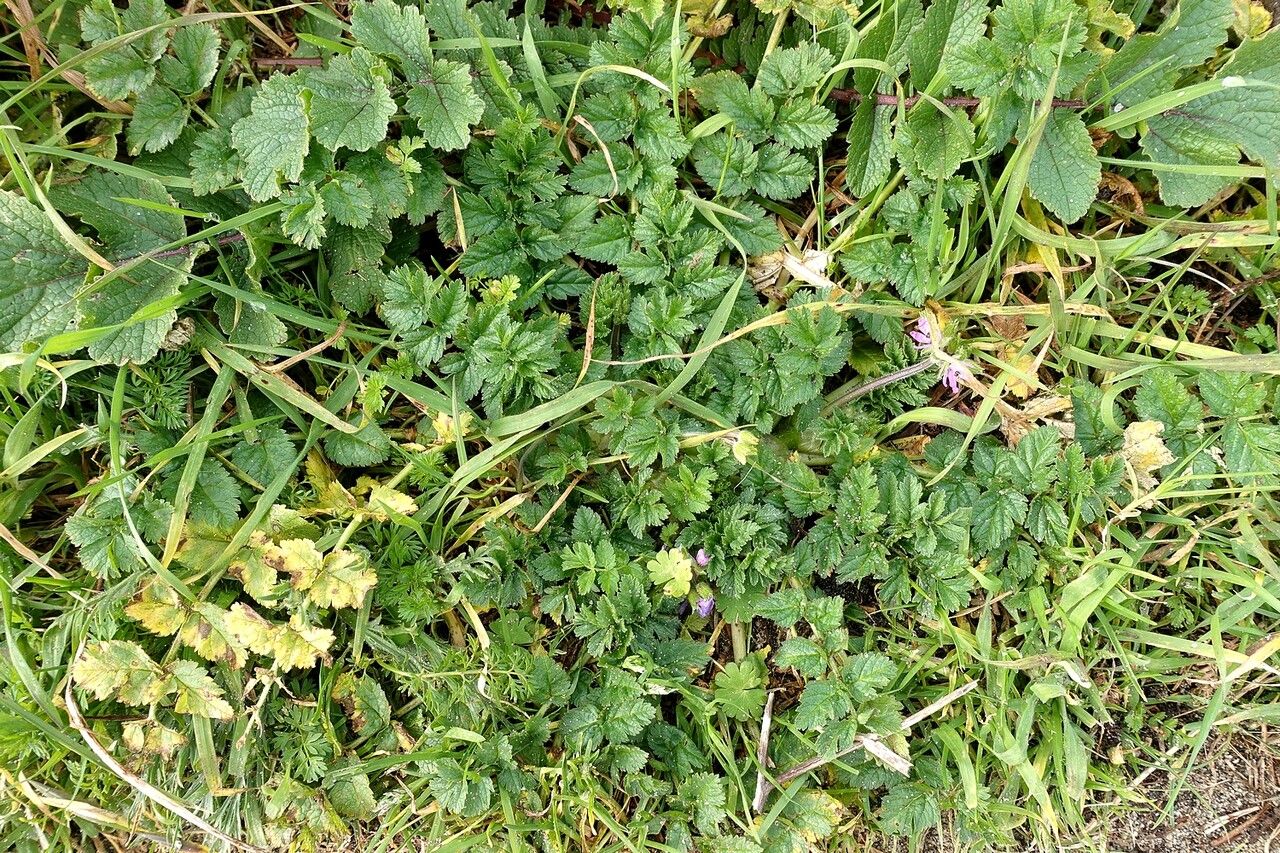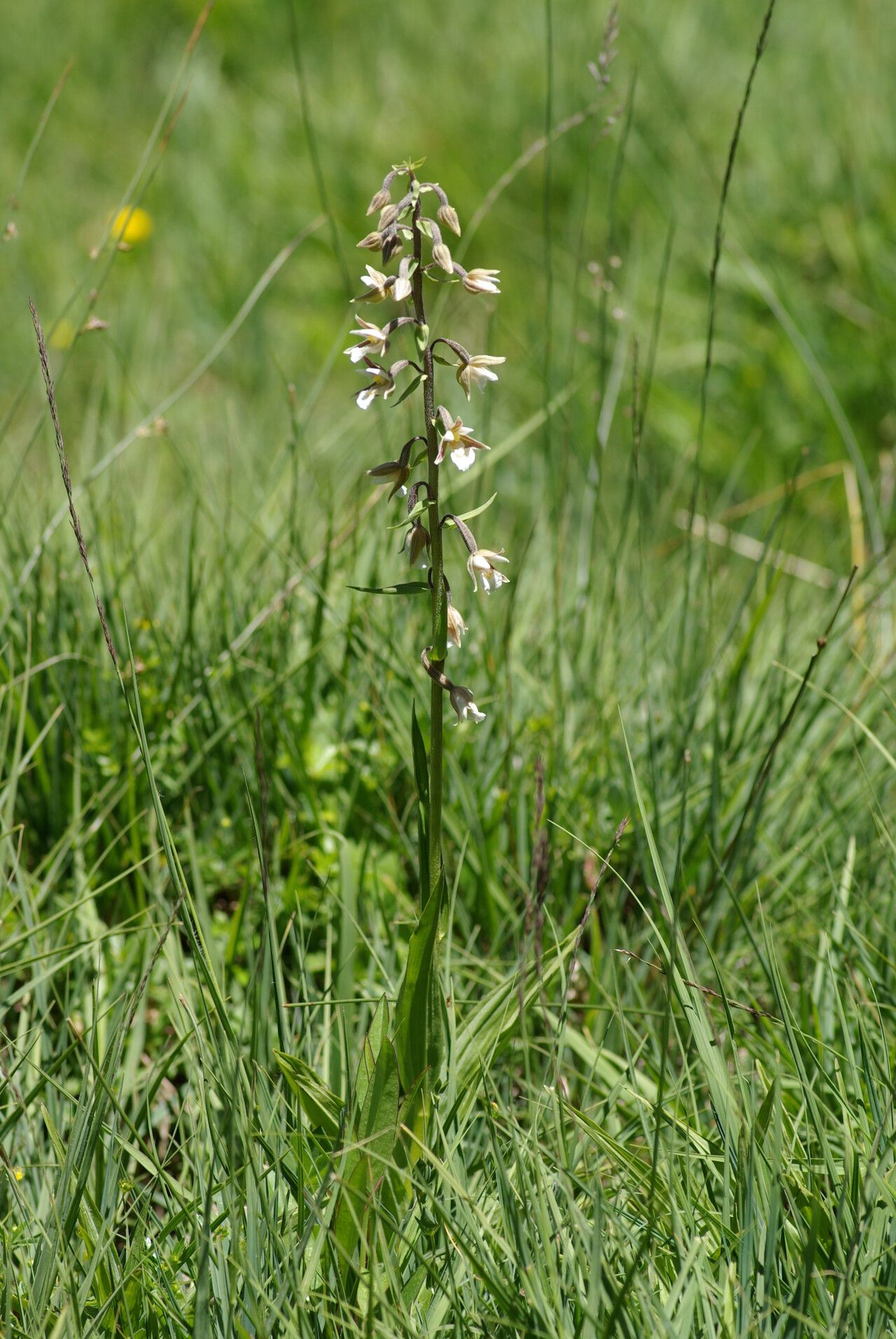### European Sanicle: A Comprehensive Guide
European Sanicle ( *Sanicula europaea*) is a charming and unassuming perennial herb belonging to the Apiaceae family, better known for its aromatic members like carrots and parsley. However, this woodland dweller offers its own unique charm and, historically, a valuable medicinal profile. While not boasting showy blooms, its delicate, umbel-shaped flowers and deeply lobed leaves add subtle elegance to shady gardens and provide a valuable food source for pollinators.
### Habitat and Growth
Native to Europe and parts of Asia, European Sanicle thrives in cool, moist, and shady conditions. It's often found flourishing in woodlands, hedgerows, and damp meadows. This adaptable plant tolerates a range of soil types, preferring well-drained soil that is rich in organic matter. While it appreciates some moisture, it doesn’t tolerate waterlogged conditions. Its growth habit is clump-forming, spreading slowly through rhizomes to create a dense groundcover.
### Sun Exposure and Soil Needs
European Sanicle thrives in partial shade to full shade. Direct sunlight can scorch its delicate leaves. The ideal soil is moist, well-drained, and rich in humus. It tolerates a range of pH levels but prefers slightly acidic to neutral conditions. Avoid heavy clay soils, as these can lead to root rot. Amend heavy clay soils with compost or other organic matter to improve drainage and aeration.
### Planting and Care
European Sanicle can be propagated from seed or by division of established clumps. Sow seeds in spring or autumn, directly into the prepared soil. They require a cool, moist environment to germinate. Division is best carried out in spring or autumn, ensuring each division has sufficient roots. Once established, European Sanicle requires minimal care, benefiting from occasional mulching to retain moisture and suppress weeds. Regular watering is essential, especially during dry periods.
### Medicinal Properties (Disclaimer: Consult a healthcare professional before using for medicinal purposes)
Historically, European Sanicle has been used in traditional medicine for its astringent and vulnerary properties. Its leaves were applied to wounds to promote healing. However, it is crucial to remember that this information is for educational purposes only, and self-medicating can be dangerous. Always consult a healthcare professional before using any plant for medicinal purposes. The plant’s effectiveness and safety in modern medical applications requires further rigorous scientific investigation.
### Attracting Wildlife
European Sanicle’s delicate flowers attract pollinators such as bees and hoverflies, contributing to the biodiversity of your garden. Its dense foliage provides cover for small invertebrates.
### Conclusion
European Sanicle offers a unique blend of beauty, resilience, and historical significance. Its adaptability and low-maintenance nature make it a valuable addition to any shady garden, contributing to a more diverse and ecologically rich space. Whether you are a seasoned gardener or a novice enthusiast, European Sanicle is a rewarding plant to cultivate.
European Sanicle: Planting & Care Guide

Frequently Asked Questions
How to grow European Sanicle from seed?
Sow seeds in spring or autumn directly into moist, well-drained soil in partial shade. Maintain consistent moisture until germination.
What type of soil does European Sanicle need?
European Sanicle prefers moist, well-drained soil rich in organic matter. Avoid heavy clay soils prone to waterlogging.


